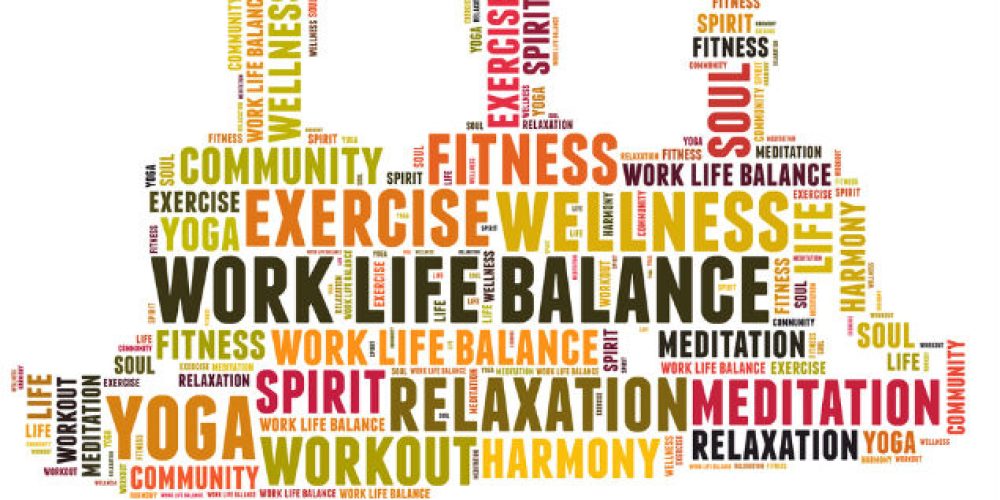It turns out, a basket of fresh apples and an awe-inspiring motivational poster don’t count as a comprehensive wellness plan. But, according to research, it also turns out that comprehensive wellness plans alone often fall short of truly impacting an employee’s overall well-being—a concept that encompasses much more than just physical health.
Source | David Sturt and Todd Nordstrom
As a disclaimer, we don’t have anything against apples and motivational posters. In fact, we’re huge fans of comprehensive wellness programs—those that provide a laser-tight focus on physical health and include healthy snacks, fitness routines, and comprehensive information that could help employees improve their own health.
However, new research reveals that when companies fail to empower an employee’s overall well-being, they miss out on a slew of positive effects. Studies show that high employee well-being can boost satisfaction, teamwork, productivity, and even improve a company’s bottom-line.
Recently, the O.C. Tanner Institute surveyed over 2,000 employees from different generations, positions, and industries around the globe to answer questions about their well-being. A recently published white paper details the latest information on what companies can do to truly empower well-being in their workforces. However, we’ve distilled the paper’s findings into three simple steps you can take to build a more impactful well-being program.
1. Understand the difference between wellness and well-being
Wellness initiatives that solely focus on physical wellness often misunderstand well-being. Holistically, well-being encompasses physical wellness, mental wellness and social wellness. So the first thing HR leaders can do to improve their initiative’s impact is to recognize that well-being reaches far beyond physical wellness, and to build in components of a program that address and inspire mental and social wellness, too. And, since well-being is a measure of overall life satisfaction, it doesn’t stop (or start) at the company door. Organizations should strive to understand how their initiatives impact overall employee well-being, both at home and at work, and aim to create a positive impact today, and in the future.
2. Understand the true impact of well-being
Definitions aren’t enough. It’s important to understand the impact you could have, or could be missing from not understanding the role well-being can have within your company. On a 10-point scale, employees with excellent physical wellness have an overall well-being score of 6.66. Employees with excellent social wellness have an overall well-being score of 7.21. And employees with excellent mental wellness have an impressive overall score of 7.76. When employees rank excellent in all three wellness categories, they average a well-being score of 8.14, compared to an average score of 5.74 for those who don’t rank excellent in any category. It is crucial to think about all aspects of well-being when constructing new initiatives— especially when it comes to mental and social health, which are largely overlooked by many current programs.
3. Practice appreciation
It might sound out of place when it comes to well-being, but when employees feel appreciated, and report being appreciated often, they rate higher overall well-being scores both inside and outside of work. Employees who receive recognition often or always, score 7.2, on average, on their overall well-being. Those who are rarely or never recognized at work, only score a 5.36. So, hone your recognition skills. Learn the best practices, and create a process and program to make sure you’re frequently showing your team how much you appreciate them.
“How ‘bout them apples?”
Apples and motivational posters are nice. But, when you look at the overall impact a focus on holistic well-being can pay off for your organization, the numbers may shock you.
- Individual productivity rises nearly 20%: Contributors with poor well-being only produce 64% of possible work output, while those with excellent well-being produce a whopping 83%.
- Team productivity soars too. Work output increases from 61% to 81% as team well-being goes from poor to excellent.
- Job satisfaction doubles with increased well-being: only 44% of employees with poor well-being say they are satisfied with their jobs, while 89% of those with excellent well-being say the same.


